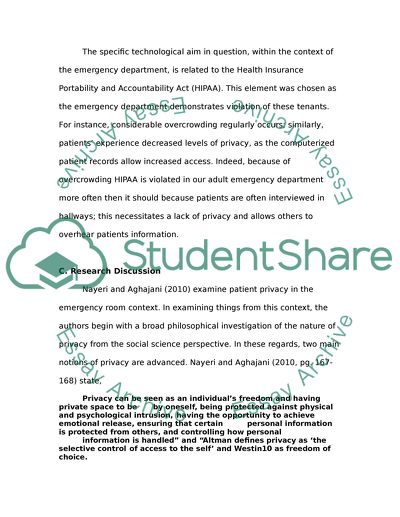Cite this document
(“Evidence Based Practice Research Paper Example | Topics and Well Written Essays - 1500 words”, n.d.)
Retrieved from https://studentshare.org/nursing/1430876-evidence-based-practice
Retrieved from https://studentshare.org/nursing/1430876-evidence-based-practice
(Evidence Based Practice Research Paper Example | Topics and Well Written Essays - 1500 Words)
https://studentshare.org/nursing/1430876-evidence-based-practice.
https://studentshare.org/nursing/1430876-evidence-based-practice.
“Evidence Based Practice Research Paper Example | Topics and Well Written Essays - 1500 Words”, n.d. https://studentshare.org/nursing/1430876-evidence-based-practice.


